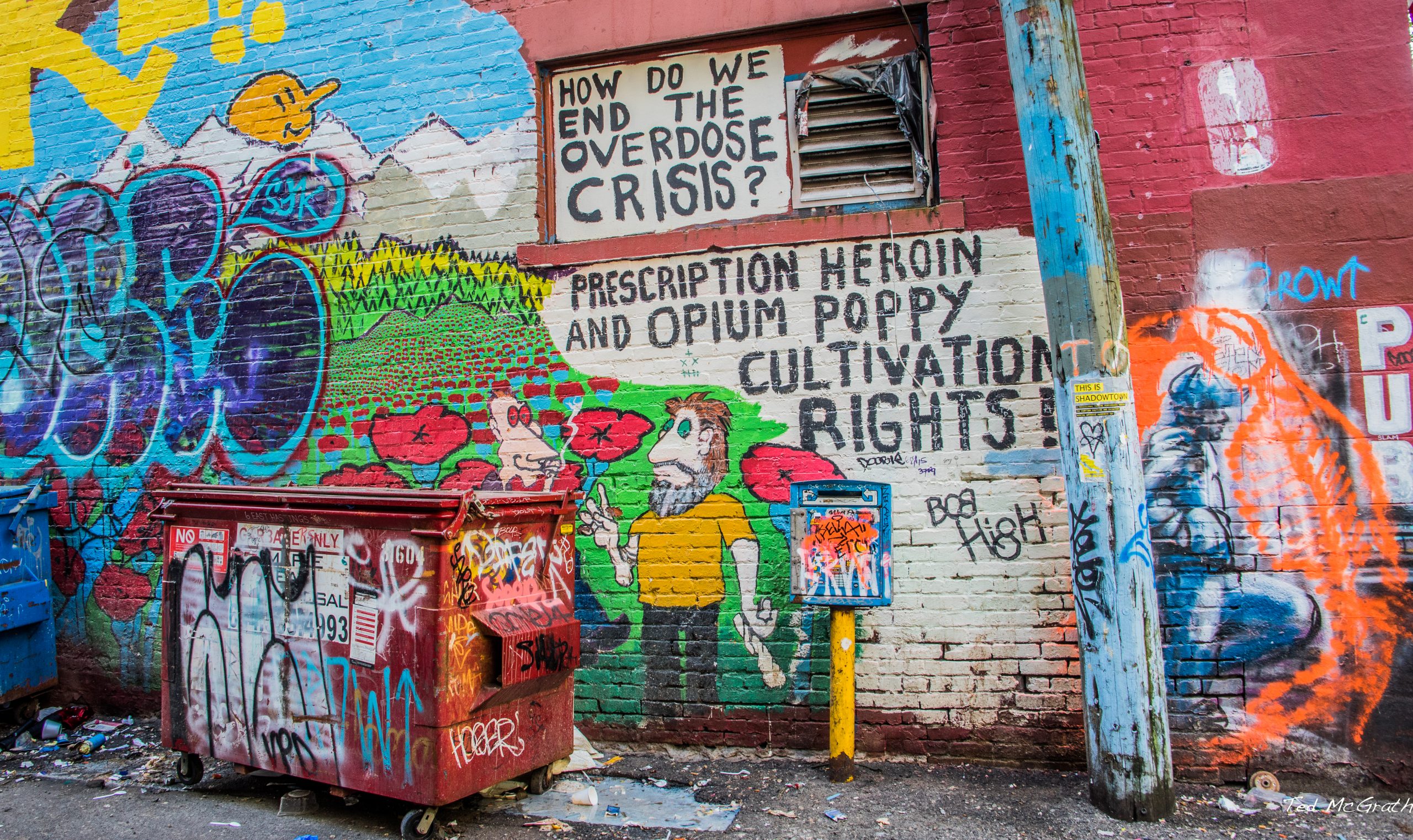8.3 What is Legalization?

Legalization refers to the removal of all criminal penalties for possession and personal use of a substance. Unlike decriminalization where there is no legal source of supply, under a legalization framework, the drug supply is moved from the illegal to legal market (Bogart, 2020; Toronto Public Health, 2018). Government regulations dictate how a substance can be legally produced, sold, taxed, and consumed, with a focus on ensuring product quality, and limiting both availability and product promotion (Bogart, 2020; Room, 2018). Legalization policies can take various forms, such as those regulating alcohol, tobacco, and pharmaceutical drugs. Under legalization frameworks, there are still activities that are classified as illegal, including selling to a minor or acting outside the legal framework. Recent examples of the enactment of legalization policies mostly pertain to cannabis, but there is a growing movement to legalize the use of psilocybin (magic mushrooms), at least as a medical therapy (see Chapter on the Cannabis & Emerging Psychedelic Industries).
Some benefits of adopting public-health oriented legalization polices include:
- Respecting human rights by promoting social inclusion of PWUS (IDCP, 2022).
- Reducing socio-economic costs of criminalization on the individual, including helping PWUS maintain jobs and housing (Hall, 2020; IDCP, 2022).
- Improving health outcomes for PWUS through the availability of inclusive, non-judgmental, harm reduction, treatment and intervention, and general health services (Cussen & Block, 2003; IDPC, 2022).
- Reducing individual and social harm caused by drug criminalization/prohibition and the associated illegal market (Cussen & Block, 2003; IDPC, 2021).
- Reducing crimes tied to an illegal drug market (e.g., theft, violence, organized crime) (Cussen & Block, 2003).
- Reducing drug-related arrests and the associated CJS costs tied to police, courts, and corrections (Cussen & Block, 2003; Bonn, 2020).
- Generating revenue from taxes (and CJS savings) that can be used for evidence-based drug education, substance treatment and intervention services, general health services and other social purposes (Cussen & Block, 2003; Hall, 2020).
- Increasing the regulatory power of governments over substances, via controls that are not available with an illegal market/source of supply (Hall, 2020).
- Ensuring product purity/quality (Hall, 2020).
- Improving access and quality control for medicinal users (Hall, 2020).
VIDEO: What are the Five Models of Regulation?
This video provides an overview of a tiered structure that could be implemented to effectively control certain substances, while also legalizing the use of substances that are currently illegal to use in certain forms.
VIDEO: The Reality of Legalizing Cocaine, Heroin, and Ecstasy: The War on Drugs
The following video explores the failures of the US drug war and some of the complexities associated with legalizing drugs. (Click “Watch on YouTube” below to access the video)

